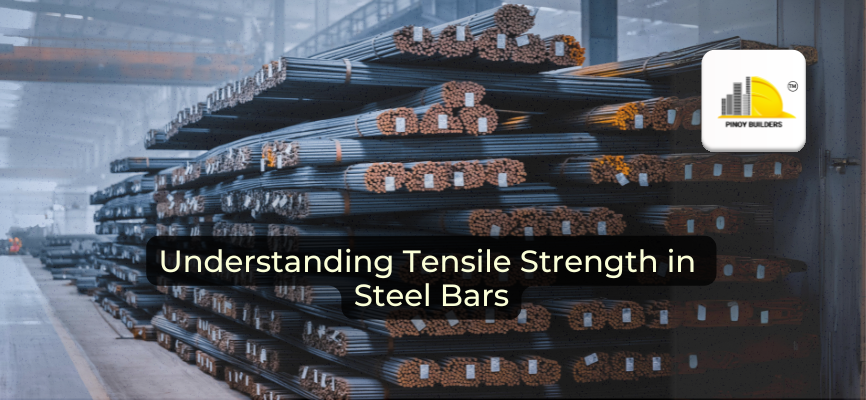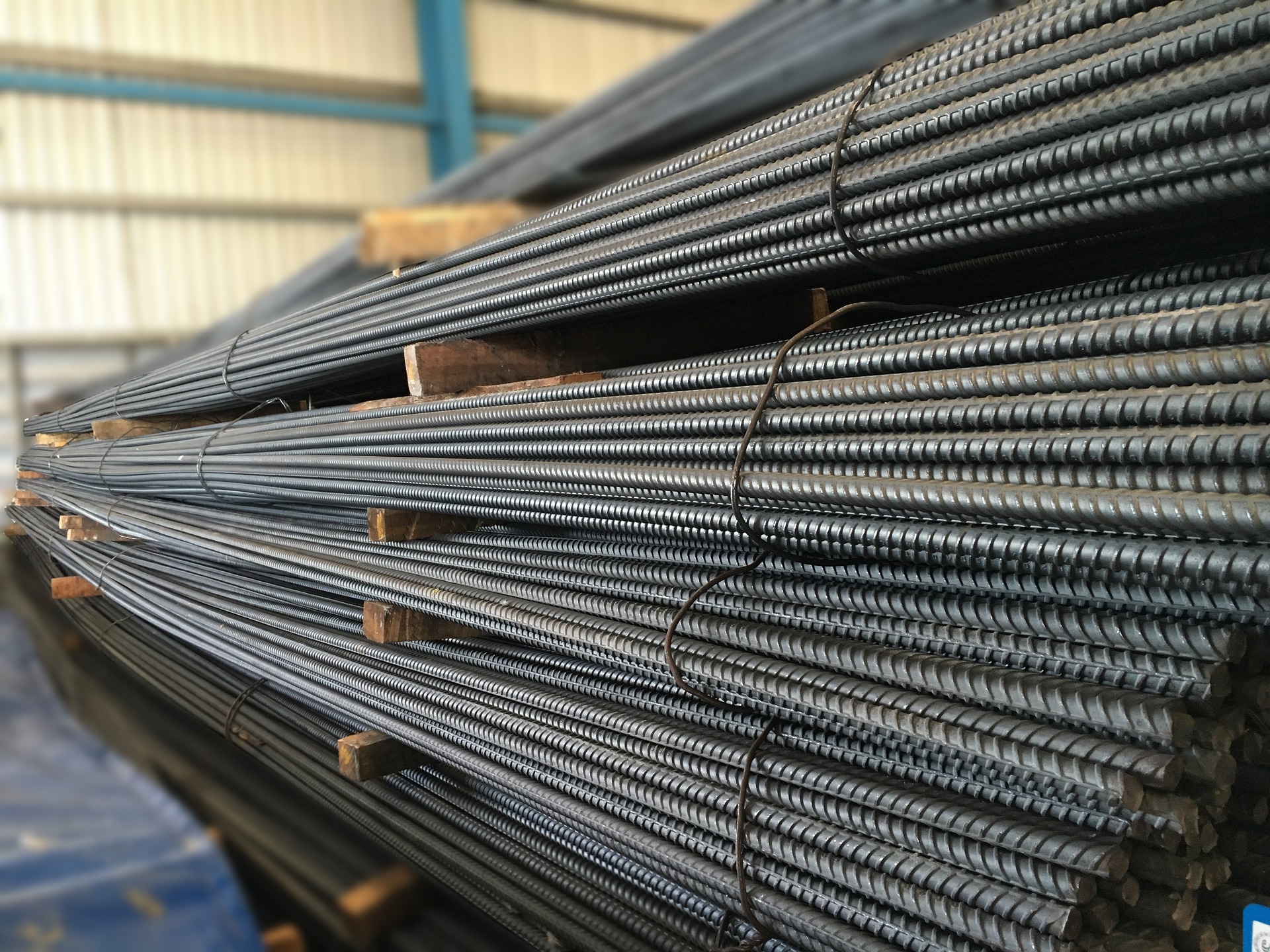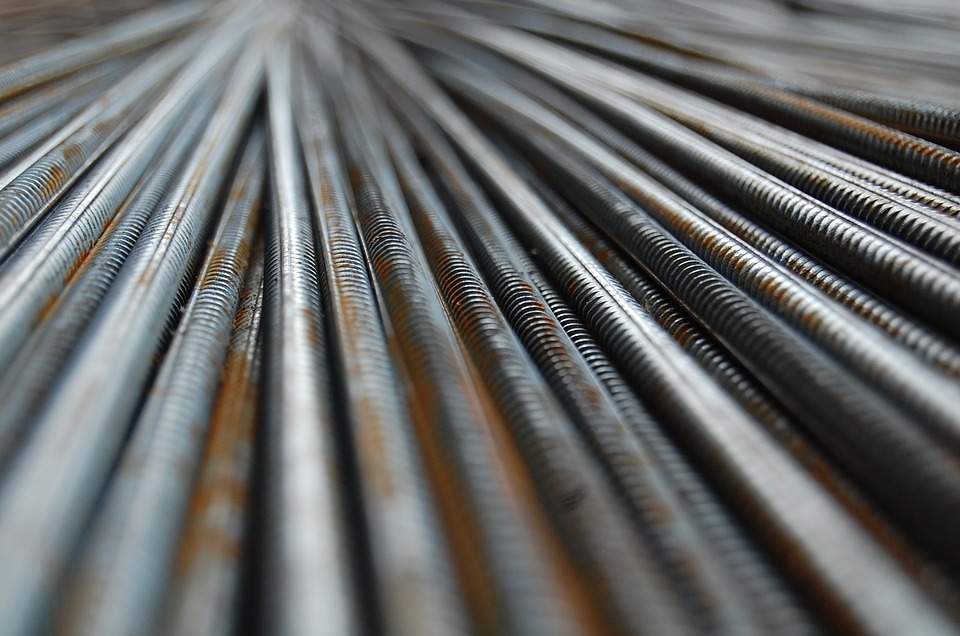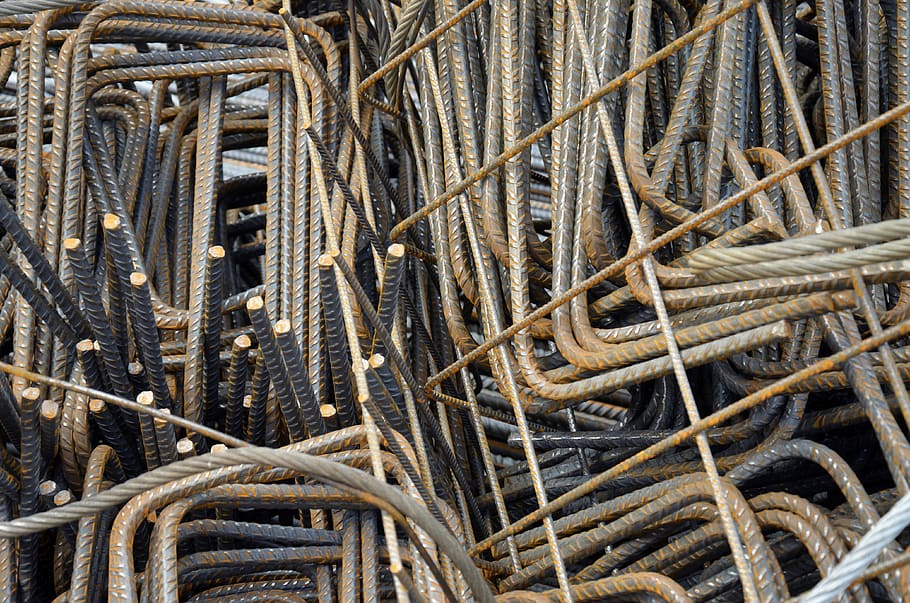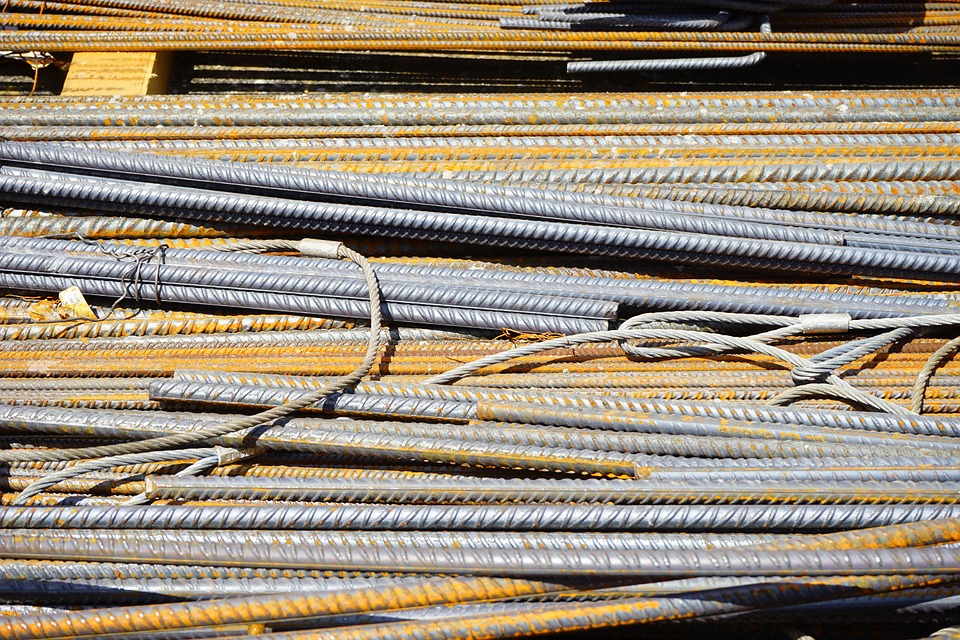Tensile strength is a steel bar’s ability to endure a pulling force. It refers to a material’s breaking strength when a squad capable of simultaneously breaking multiple strands of the material is applied at a consistent rate of extension/load, usually expressed in terms of force per unit of cross-sectional area.
Photo Courtesy: Pixabay
The amount of tensile (stretching) stress a material can endure before breaking or failing is tensile strength. The ultimate tensile strength is determined by multiplying the area of the material tested (the cross-section) by the stress applied to it, usually represented in pounds or tons per square inch of material. Tensile strength is a commonly used measurement to describe the properties of metals and alloys, and it is an essential indicator of a material’s capacity to function in an application.
Definition of Tensile Strength
By definition, tensile means being able to be stretched or dragged out. Tensile strength is the resistance of steel to breaking under tension. It describes the transition from elastic (temporary) to plastic (permanent) deformation in the steel. A piece of square bar steel will split apart once it’s pulled past the tensile stress point.
Method to Determine Tensile Strength
The most frequent method of determining a steel’s tensile strength is to place a test piece in the jaws of a tensile machine. By gradually separating the jaws, the tensile machine delivers stretching stress. Then, we calculate and record the time to break the test piece.
Photo Courtesy: Max Pixel
The tensile strength is the most incredible tensile stress that it can withstand before failing, albeit the definition of failure varies depending on the material’s kind and design. This applies to both breaking and permanent deformation. Faster corrosion rate is linked to reduced ductility and increased brittleness, causing the fabric to go from ductile to a considerably severe brittle failure.
Tensile strength is a crucial topic in engineering and the domains of materials science, mechanical engineering, and structural engineering. Brittle materials like steel flat bar require more tensile strength than ductile materials.
Example of Tensile Strength Measurement
If steel reinforcement bars with a cross-section of one square inch can sustain 1,000 pounds of pulling force but break beyond that amount of force, then the steel bars have a tensile strength of 1,000 pounds per square inch. Structural steel has a tensile strength of 400 megapascals (MPa), while carbon steel has 841 MPa. Various steel densities have different tensile strength ratings.
It’s measured in terms of the minimum tensile stress (force per unit area) required to separate the material.
Categories of Tensile Strength
You can classify tensile strength into three categories:
- Yield strength, the amount of stress that a material can take without permanently deforming.
- Ultimate strength, a material’s ability to bear the most stress possible.
- Breaking strength, the stress coordinates on the stress-strain curve at the site of rupture.
Photo Courtesy: Pxfuel
Tensile strength is a tensile stress limit that can cause tensile failure in one of two ways:
- Yield is the first step of ductile failure, followed by some hardening and fracture after a probable “neck” formation.
- Brittle failure occurs when a material suddenly breaks into two or more pieces while under modest stress.
Actual stress or engineering stress is the perfect description to describe tensile strength.
A tensile strength test for steel round bar determines how far an alloy will extend before achieving its ultimate tensile strength, as well as how much force a specific piece of metal can withstand before losing structural integrity. As a result, knowing a material’s tensile strength is critical for both building and personal safety.
What Is The Distinction Between Yield And Tensile Strength?
It’s crucial to understand both yield and tensile strength since they impact steel production and use (and many other materials, but we will focus on the steel). So, how do you tell the difference between yield and tensile strength? The most significant distinction is that tensile strength is catastrophic, but yield strength is simply a temporary deformation.
Steel’s tensile strength shows how much tensile stress it can sustain before failing in one of two ways: ductile or brittle failure.
Ductile failure – first stage of failure, wherein the material exceeds the yield point and irreversibly deforms
Brittle failure – the stage at which the tensile strength is measured
Tensile strength is the maximum stress that steel can bear before breaking while being stretched or pulled.
Final Thoughts
Tensile strength of steel is an essential metric for materials used in constructions and mechanical devices, along with elastic modulus and corrosion resistance. Steel, composite materials, ceramics, polymers, and wood are among the specified building materials.
Photo Courtesy: Pixabay
While tensile strength is crucial, it should not be the key factor in your choice. The yield point, the differential between tensile and yield issues, and the elongation percentage are still so essential factors to consider.
CITATIONS:
- Tavio, et al. Tensile Strength/Yield Strength (TS/YS) Ratios of High-Strength Steel (HSS) Reinforcing Bars. 2018, 10.1063/1.5038318.
- “Tensile Strength.” All Metals & Forge Group, 18 Apr. 2013, steelforge.com/literature/metal-tidbits/tensile-strength. Accessed 16 Nov. 2021.
- “Tensile Strength of Steel | Yield & Ultimate Tensile Strength.” Civil Sir, 28 Aug. 2020, civilsir.com/tensile-strength-of-steel-yield-ultimate-tensile-strength/.
- “Tensile Strength vs Yield Strength.” Cliftonsteel.com, 2019, www.cliftonsteel.com/knowledge-center/tensile-and-yield-strength.
- “What Is Tensile Strength? – Definition from Corrosionpedia.” Corrosionpedia, Corrosionpedia, 2011, www.corrosionpedia.com/definition/1072/tensile-strength.
![]()


